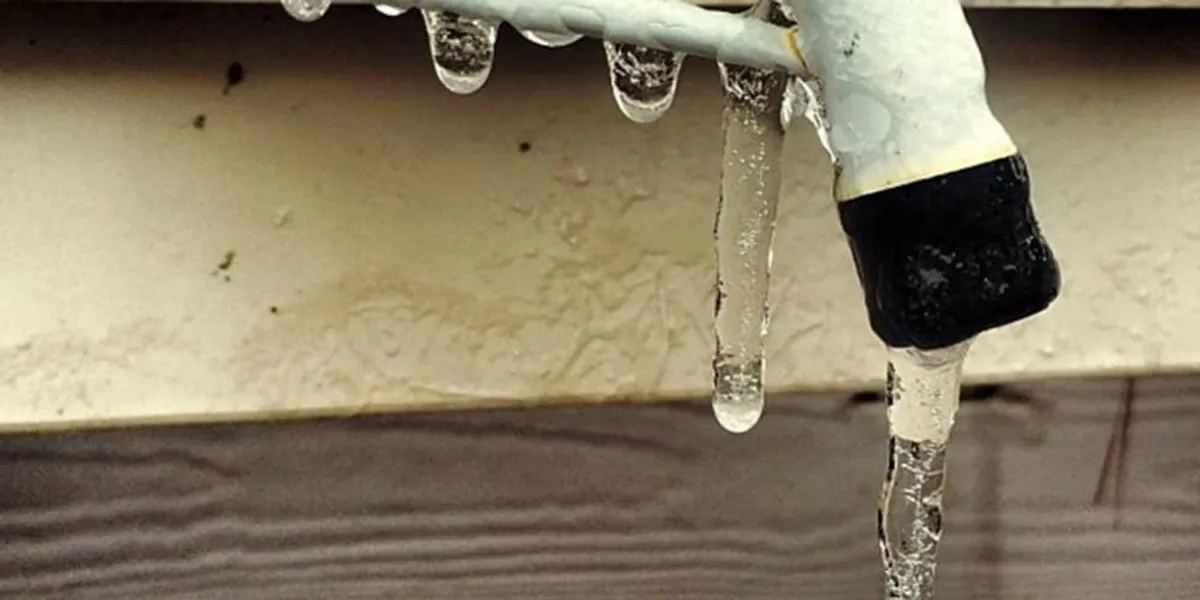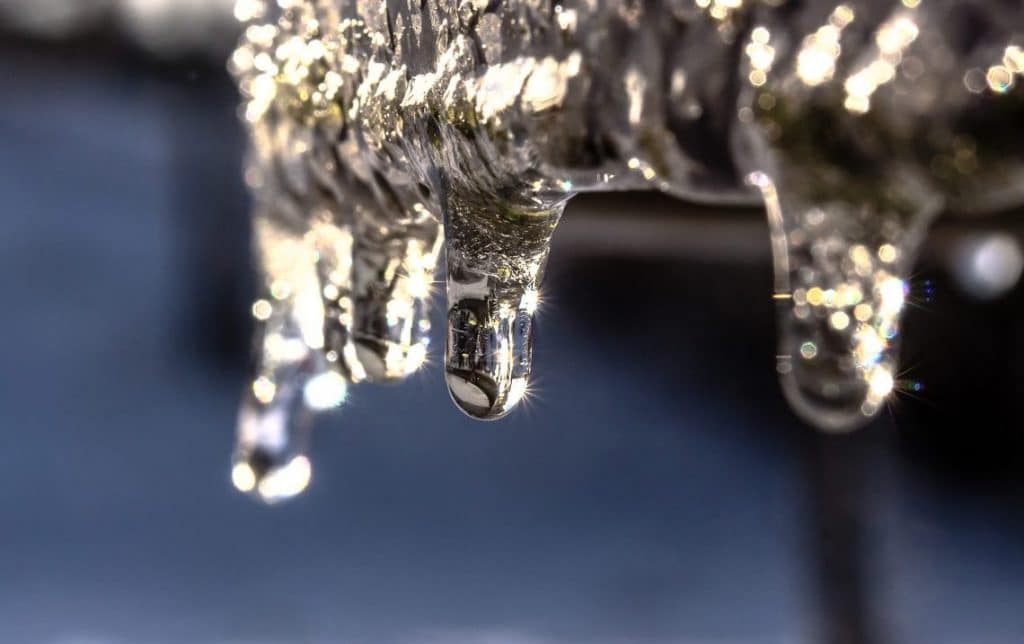Important Tips to Prevent Frozen Plumbing in Winter
Important Tips to Prevent Frozen Plumbing in Winter
Blog Article
On this page on the next paragraphs yow will discover a lot of good quality answers on the subject of Preventing and dealing with frozen pipes.

Winter can wreak havoc on your pipes, especially by freezing pipelines. Here's how to stop it from occurring and what to do if it does.
Intro
As temperatures decrease, the danger of frozen pipelines boosts, possibly causing pricey repairs and water damages. Comprehending exactly how to prevent frozen pipelines is vital for home owners in chilly climates.
Comprehending Icy Pipelines
What creates pipelines to freeze?
Pipes ice up when subjected to temperatures listed below 32 ° F (0 ° C) for prolonged periods. As water inside the pipelines freezes, it broadens, putting pressure on the pipeline wall surfaces and potentially causing them to rupture.
Threats and damages
Icy pipes can result in water system disruptions, residential property damage, and costly repairs. Ruptured pipes can flooding homes and trigger substantial structural damage.
Indications of Frozen Piping
Identifying icy pipes early can prevent them from rupturing.
Exactly how to determine icy pipelines
Search for reduced water circulation from taps, unusual odors or sounds from pipelines, and noticeable frost on revealed pipes.
Prevention Tips
Insulating vulnerable pipelines
Wrap pipes in insulation sleeves or make use of warmth tape to safeguard them from freezing temperature levels. Concentrate on pipes in unheated or outside areas of the home.
Heating strategies
Maintain indoor spaces effectively heated up, particularly locations with plumbing. Open up closet doors to permit warm air to flow around pipes under sinks.
Protecting Exterior Plumbing
Garden pipes and outside faucets
Detach and drain yard pipes prior to winter. Set up frost-proof spigots or cover exterior taps with shielded caps.
What to Do If Your Pipes Freeze
Immediate activities to take
If you think icy pipes, maintain taps open to eliminate pressure as the ice thaws. Use a hairdryer or towels taken in hot water to thaw pipes gradually.
Long-Term Solutions
Structural changes
Consider rerouting pipes away from outside wall surfaces or unheated areas. Include additional insulation to attic rooms, basements, and crawl spaces.
Updating insulation
Invest in top notch insulation for pipelines, attic rooms, and walls. Appropriate insulation assists keep consistent temperature levels and decreases the threat of frozen pipelines.
Conclusion
Avoiding icy pipelines calls for aggressive actions and fast reactions. By comprehending the causes, indications, and safety nets, homeowners can shield their pipes throughout cold weather.
5 Ways to Prevent Frozen Pipes
Drain Outdoor Faucets and Disconnect Hoses
First, close the shut-off valve that controls the flow of water in the pipe to your outdoor faucet. Then, head outside to disconnect and drain your hose and open the outdoor faucet to allow the water to completely drain out of the line. Turn off the faucet when done. Finally, head back to the shut-off valve and drain the remaining water inside the pipe into a bucket or container. Additionally, if you have a home irrigation system, you should consider hiring an expert to clear the system of water each year.
Insulate Pipes
One of the best and most cost-effective methods for preventing frozen water pipes is to wrap your pipes with insulation. This is especially important for areas in your home that aren’t exposed to heat, such as an attic. We suggest using foam sleeves, which can typically be found at your local hardware store.
Keep Heat Running at 65
Your pipes are located inside your walls, and the temperature there is much colder than the rest of the house. To prevent your pipes from freezing, The Insurance Information Institute suggests that you keep your home heated to at least 65 degrees, even when traveling. You may want to invest in smart devices that can keep an eye on the temperature in your home while you’re away.
Leave Water Dripping
Moving water — even a small trickle — can prevent ice from forming inside your pipes. When freezing temps are imminent, start a drip of water from all faucets that serve exposed pipes. Leaving a few faucets running will also help relieve pressure inside the pipes and help prevent a rupture if the water inside freezes.
Open Cupboard Doors
Warm your kitchen and bathroom pipes by opening cupboards and vanities. You should also leave your interior doors ajar to help warm air circulate evenly throughout your home.

As a keen reader on 6 Ways to Prevent Frozen Pipes, I think sharing that piece of content was important. Sharing is nice. Helping others is fun. Thanks for taking the time to read it.
Check Us Out Report this page